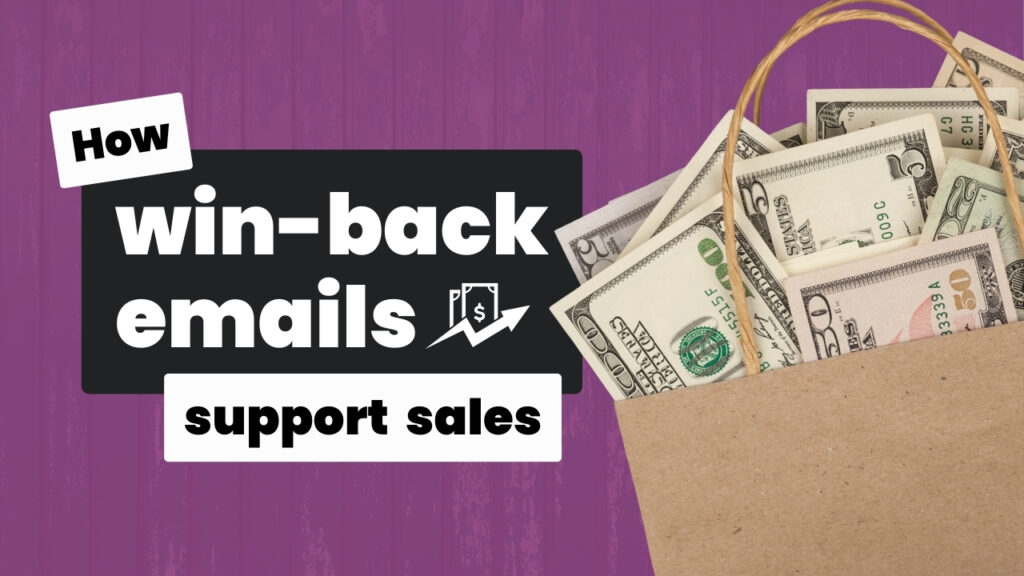What’s the #1 marketing mistake I see companies make over and over again?
👇👇👇
(HINT: It’s also why they don’t get the results they want.)
TRANSCRIPT:
If you’re not seeing the results that you want from your marketing efforts, definitely watch this video.
I can guarantee there are mistakes hiding in your messaging and likely also in your sales strategy if you don’t do the work to understand (and I mean truly understand, not just assume) what motivates your ideal buyers.
I want to share a story with you to illustrate exactly how assumptions can lead to messaging mistakes that are the reason why you’re not seeing better results from your marketing campaigns.
If we haven’t met yet…
Hi, I’m Paige. I’m a conversion copywriter, and I help companies bring in more leads, customers, and clients by fine-tuning how they communicate their products and services.
Let’s get to the story.
So I have a client who I’ve worked with multiple times, but the first time we worked together was through a copy audit.
It’s important for this story for you to understand how copy audits work.
Basically, because a copy audit is a productized service, I don’t do any firsthand research and analysis. I send my client a copy questionnaire. They answer a bunch of questions about their business, their offer, and their ideal buyer. And then I evaluate their funnel or their campaign on the basis of that information.
The first time we worked together was through a copy audit.
I audited the copy based on what the client told me about their business. Then I made some recommendations for their campaign.
The second time we worked together was in a done-for-you project.
And in that project, I did firsthand research and I did my own analysis of what I found in the data.
What was interesting about this situation was this:
Things that my client had told me about their buyer in the copy audit, when I did the research myself, I couldn’t find any data to support it. So I flagged that. Right? Because if there’s no data to support it, it might be an assumption.
So I reached out to my client and I asked:
“You told me XYZ in the copy audit, but I can’t find any data to support it. So is this something that’s coming up on calls that’s just not making it into the sales call notes? Or what could be going on here?”
After he thought about it, my client said: “Actually, no. People aren’t saying this in sales calls.”
So obviously that’s a problem, right? Because that was one of the details that we made messaging recommendations on in the copy audit.
So I hope you can see the problem there.
If you don’t have reliable data, you can’t make smart decisions.
That’s how the assumptions that you have about your buyer can lead you to make mistakes at the messaging level and sometimes also at the strategy level.
So if you don’t have actual quotes from real people to support the decisions that you’re making in your marketing campaigns, it’s time to go find that information.
Here are a few of my favorite ways to collect this type of voice of customer data:
#1. Interviews
both for customers who represent your best, most ideal type of customer as well as non-buyers who got close to the conversion event but then decided not to.
Then we have…
#2. surveys
which includes customer discovery surveys as well as non-buyer surveys.
If you do sales calls, I like to analyze sales call recordings or notes.
Other great places to find this information include your support chats and your DMs if you do a lot of stuff on Instagram and you get questions and concerns through that channel. Also, look at your Facebook ad or Instagram ad comments. A lot of times I find that people will comment what they don’t like about your offer directly on the ad.
Of course, the type of information that you should look for or where you should look for it depends on what you’re optimizing for and the type of information that you have access to.
My point here is:
If you want to improve the results that you see from your marketing efforts, you have to know your buyer really, really, really well. Assumptions lead to mistakes. And so your goal should be to eliminate as many assumptions as you possibly can.
And…
If you’d like help figuring out why people buy, click here to start a project conversation with me.


